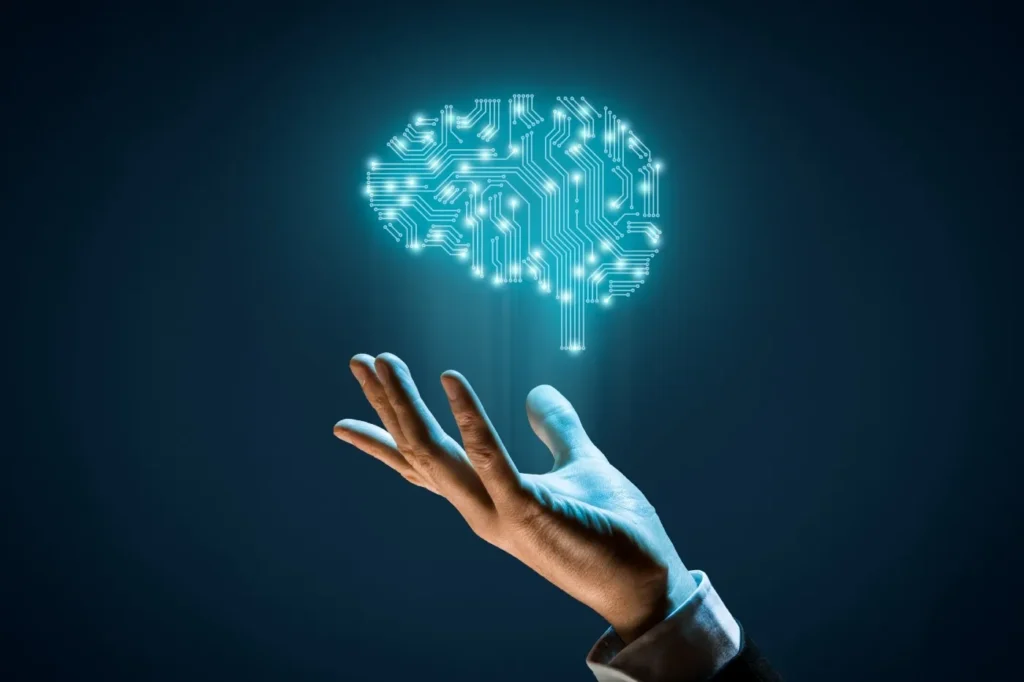Machine Learning: How Does It Actually Work?
PUBLISHED
- February 3, 2023
- 12:25 am
PUBLISHED
- February 3, 2023
- 12:25 am

Machine learning has been a hot topic in the tech industry for a while now. As a subset of artificial intelligence, it has been making waves by automating various tasks and making human lives easier. But what exactly is machine learning, and how does it work?
LIKE THIS
Understanding Machine Learning


At its core, machine learning is a method of teaching computers to learn from data, instead of explicitly programming them. The process starts with the collection of data, which is then organized and categorized. Algorithms are then applied to the data, which help the computer identify patterns and relationships within it. As the computer is exposed to more data, it “learns” from the information, allowing it to make better predictions and decisions.
There are three main types of machine learning: supervised learning, unsupervised learning, and reinforcement learning.
Supervised learning is the most common type, where the computer is trained on a labeled dataset, in which the outcome is already known.
Unsupervised learning, on the other hand, involves training the computer on an unlabeled dataset, allowing it to identify patterns and relationships on its own.
Finally, reinforcement learning involves teaching the computer through trial and error, where it receives rewards for correct actions and penalties for incorrect ones.
Benefits of Machine Learning


One of the key benefits of machine learning is its ability to handle vast amounts of data, much more efficiently than humans. As the computer is trained on more data, it becomes better at making predictions and decisions. This ability has made machine learning a valuable tool in fields such as finance, healthcare, and marketing, where large amounts of data are collected and analyzed daily.
The applications of machine learning are truly endless. It is used in speech recognition, image classification, natural language processing, and even autonomous vehicles. Companies are also using machine learning to better understand their customers, by analyzing their behaviors and preferences. This allows companies to personalize their products and services, resulting in increased customer satisfaction.
Obstacles in Machine Learning


However, machine learning comes with its own obstacles. One of the biggest challenges is ensuring that the algorithms used, are fair and unbiased. As computers are trained on data, they are only as good as the data they are trained on. If the data used to train the algorithms is biased, then the outcomes produced will also be biased. This has significant implications, particularly in fields such as healthcare, where biased algorithms could result in incorrect diagnoses and treatments.
In order to mitigate these difficulties, AI designers must carefully consider the data that is used to train the algorithms. The data must be diverse, representative, and free from bias. Additionally, regular monitoring and testing of the algorithms is also crucial, to ensure that they are functioning as intended and producing fair and accurate results.


Machine learning has the potential to revolutionize the way we live and work. By automating various tasks, it has the ability to make human lives easier, while also providing valuable insights and predictions. With proper implementation and oversight, machine learning will continue to be a valuable tool in our tech-driven world.









